Explore The Best Historical Places In Punjab Pakistan
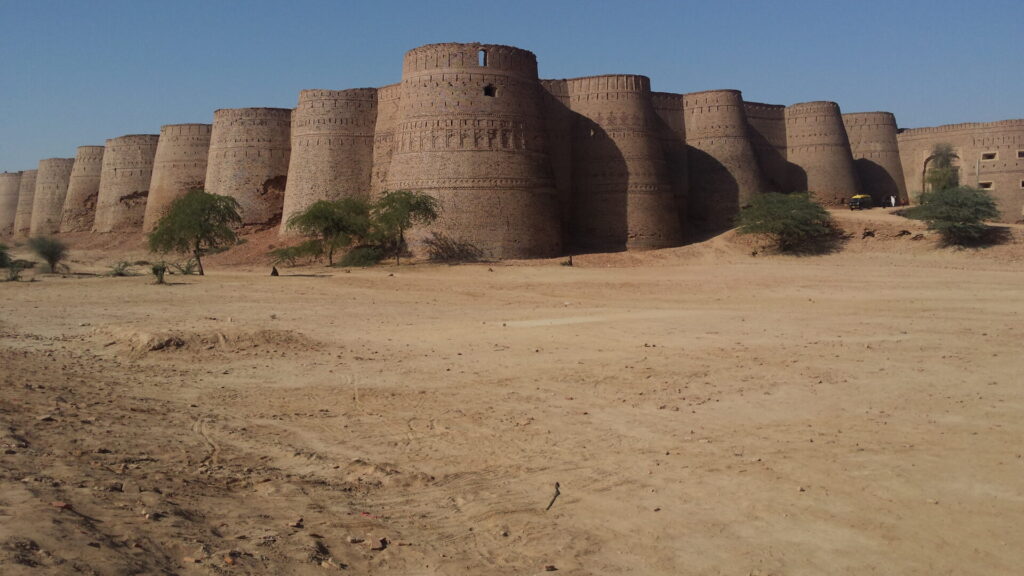
Punjab, Pakistan, is a region rich in history and cultural heritage, offering numerous best historical places that attract visitors from around the world. From ancient forts to grand palaces, each site tells a story of the region’s glorious past. In this article, we’ll explore some of the most significant historical places in Punjab, focusing on their locations, amenities, tips for travelers, the best times to visit, and entry prices. Whether you’re a history enthusiast, an adventurer, or a curious traveler, these destinations will surely captivate you.
Table of Contents
The Best Historical Places In Punjab Pakistan
The best historical places in Punjab, Pakistan.
1. Rohtas Fort

Location:
Near Jhelum, Punjab, Pakistan
Description:
Rohtas Fort is one of the best historical places in Punjab, Pakistan, a UNESCO World Heritage Site, was built by Sher Shah Suri in the 16th century to defend his empire from the Mughal emperor Humayun. Spanning over 4 kilometers, the fort is an architectural marvel with massive walls, grand gates, and hidden passageways. It showcases Afghan-Persian military architecture and holds a significant place in the history of South Asia.
Amenities:
- Guided Tours: Local guides offer detailed insights into the history of the fort.
- Parking Area: Ample parking space is available near the entrance.
- Photography Spots: There are several spots for panoramic views and photography, especially near the main gates like Sohail Gate and Shah Chandwali Gate.
- Food Stalls: Small food stalls offering snacks and drinks can be found outside the fort.
Tips:
- Footwear: Wear comfortable walking shoes, as exploring the fort requires walking on uneven surfaces and climbing stairs.
- Guide Assistance: Hiring a guide is highly recommended to fully appreciate the history and architecture of the fort.
- Morning Visit: Visit early in the morning to avoid the afternoon heat, as the fort can get quite warm.
Best Time to Visit:
Spring (March to April) and Autumn (September to November) are ideal due to pleasant weather. Visiting in the morning hours ensures a more comfortable experience with fewer crowds.
Entry Price:
PKR 20 for locals; PKR 500 for foreign tourists.

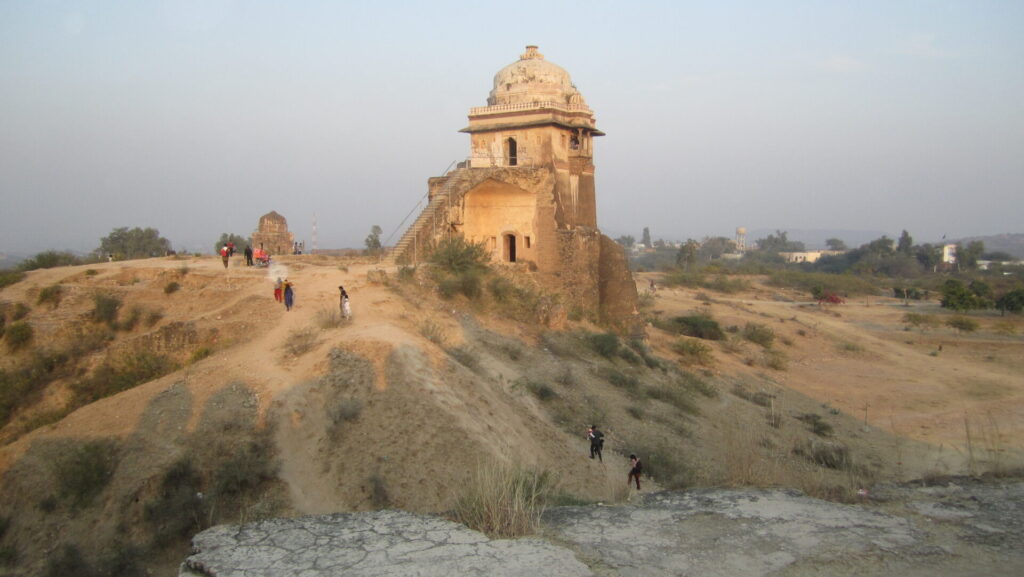
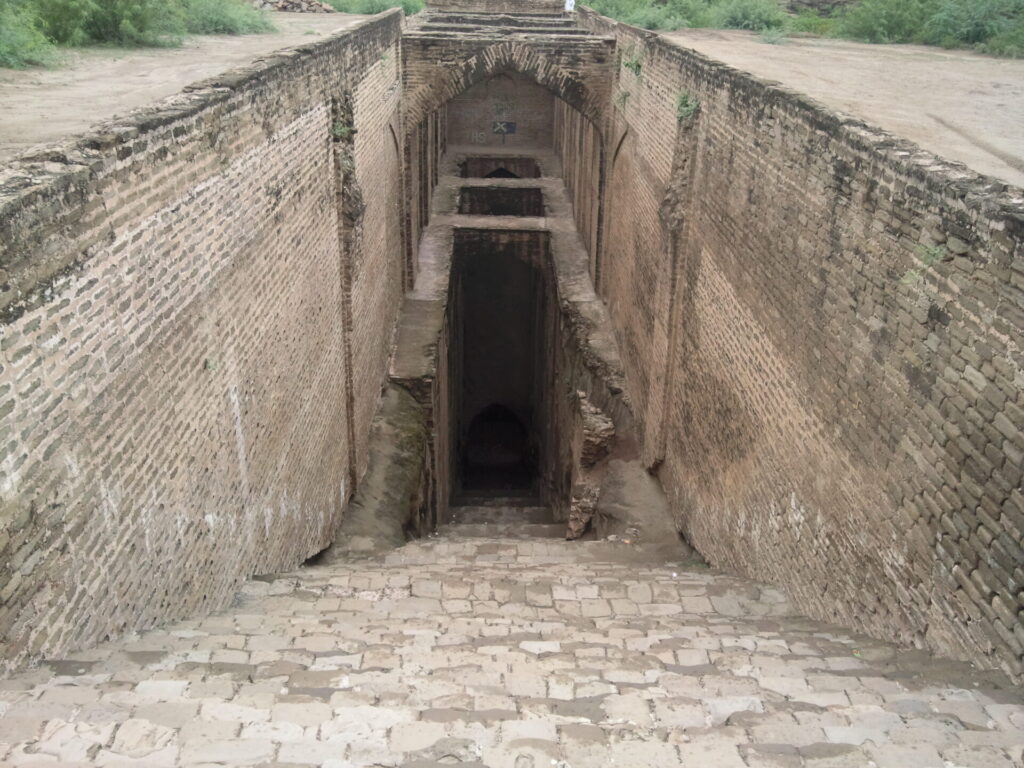
2. Khewra Salt Mine
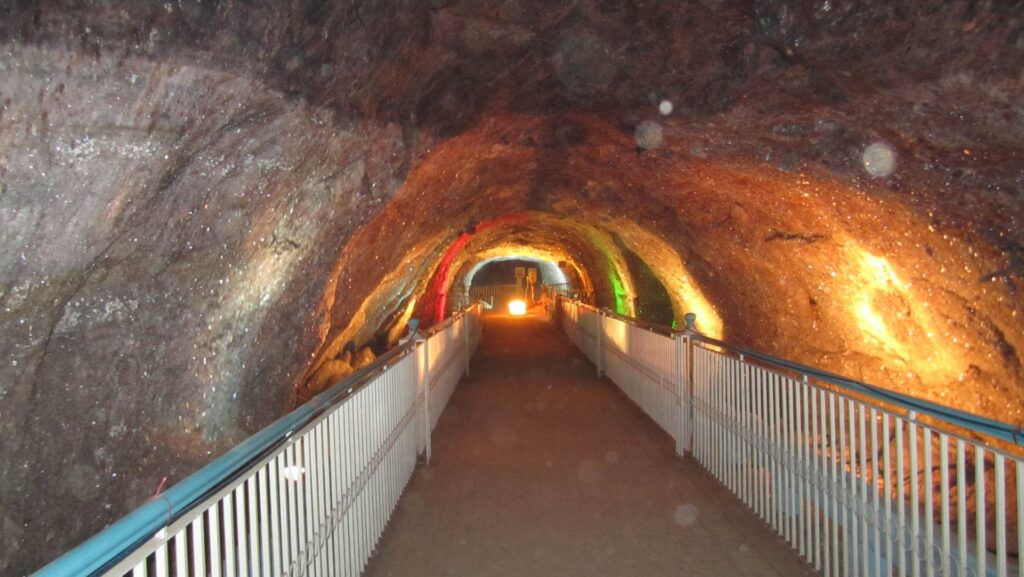
Location:
Khewra, District Jhelum, Punjab, Pakistan
Description:
The Khewra Salt Mine is the second-largest salt mine in the world and a major tourist attraction in Pakistan. Discovered by Alexander the Great’s troops, the mine has been in continuous operation for over a thousand years. It features stunning salt formations, including intricate sculptures, a mosque made entirely of salt bricks, and a miniature replica of the Minar-e-Pakistan.
Amenities:
- Guided Tours: Regular guided tours take visitors through the tunnels, explaining the history and mining process.
- Electric Train Ride: A small electric train offers a ride deep into the mine, making it easier to explore.
- Food Court: A cafeteria is available with local food and snacks.
- Souvenir Shop: Visitors can purchase salt lamps, sculptures, and other salt-based souvenirs.
Tips:
- Warm Clothing: Even during the summer, the temperature inside the mine is cool, so carrying a light jacket is advisable.
- Electric Train: Opt for the train ride if you prefer a more comfortable exploration, especially for elderly visitors or young children.
- Photography: Bring a camera to capture the unique salt formations and illuminated sculptures.
Best Time to Visit:
The Khewra Salt Mine can be visited year-round, as the temperature inside remains constant. However, visiting on weekdays ensures a quieter experience.
Entry Price:
PKR 200 for locals; PKR 600 for foreign tourists.
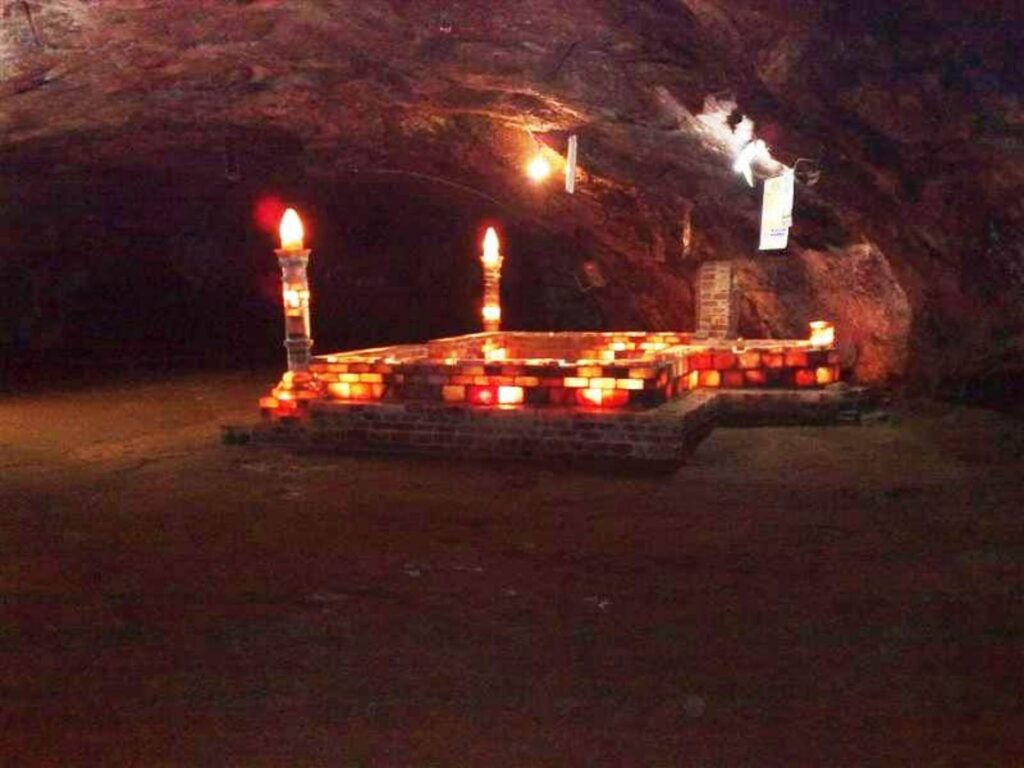
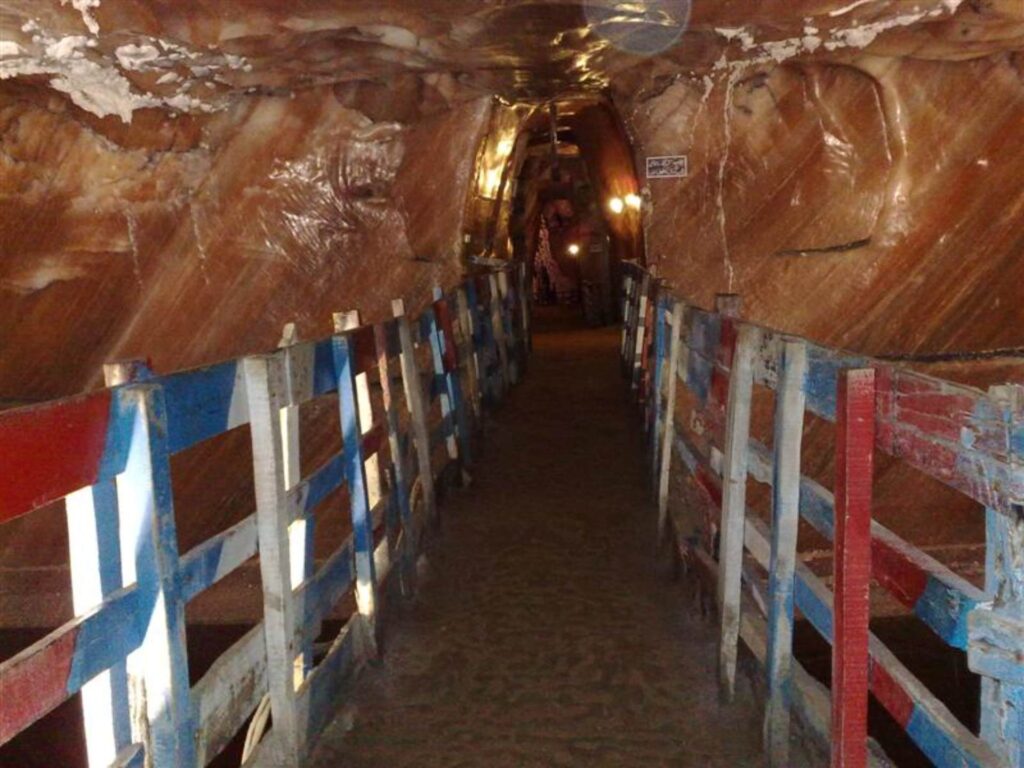
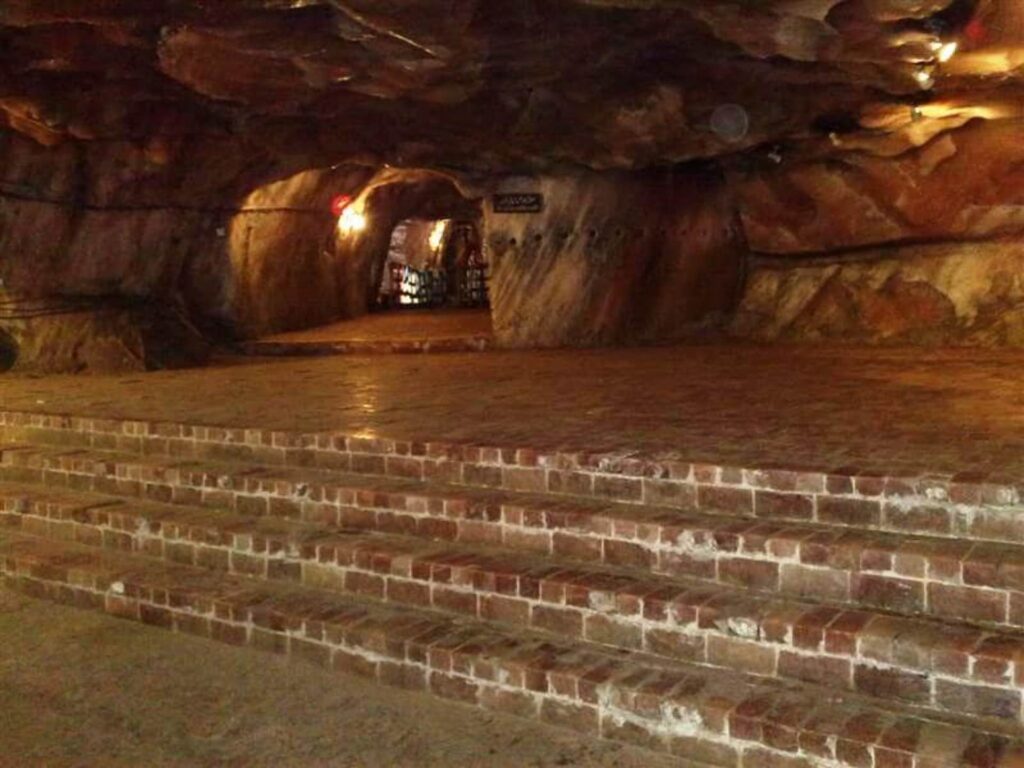
3. Derawar Fort

Location:
Bahawalpur, Punjab, Pakistan
Description:
Another one of the best historical places in Punjab, Pakistan is Derawar Fort. Located in the heart of the Cholistan Desert, Derawar Fort is a massive square fortress with towering walls rising 30 meters above the ground. Built in the 9th century by the Rajput Bhati rulers, it later came under the control of the Nawabs of Bahawalpur. The fort’s impressive bastions, visible from miles away, and its strategic location make it one of the most iconic structures in the region.
Amenities:
- Guided Tours: Local guides offer tours explaining the fort’s history and architectural features.
- Camel Rides: Visitors can enjoy traditional camel rides around the fort.
- Rest Areas: Basic shaded areas are available for resting during the visit.
- Parking: Ample parking is available, but the area is unpaved.
Tips:
- Desert Climate: Carry plenty of water and wear sun protection, as the desert heat can be intense.
- Photography Gear: The fort provides stunning desert backdrops, so bring quality photography equipment.
- Local Festivals: Plan your visit during the annual Cholistan Desert Jeep Rally, when the fort is more lively with events.
Best Time to Visit:
The ideal time to visit is during the cooler months (October to March), as the desert temperatures are more bearable.
Entry Price:
PKR 100 for locals; PKR 500 for foreign tourists.
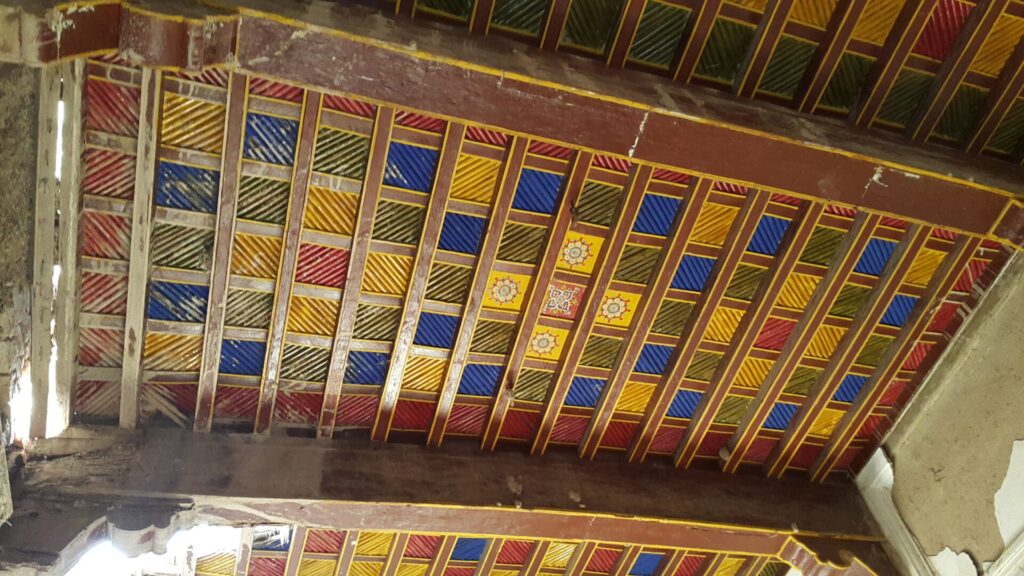
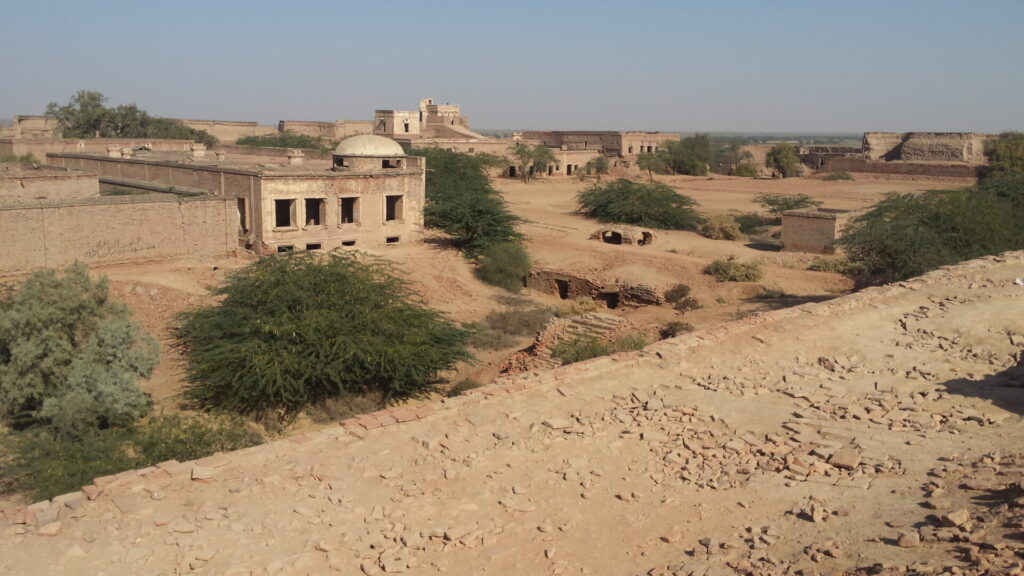
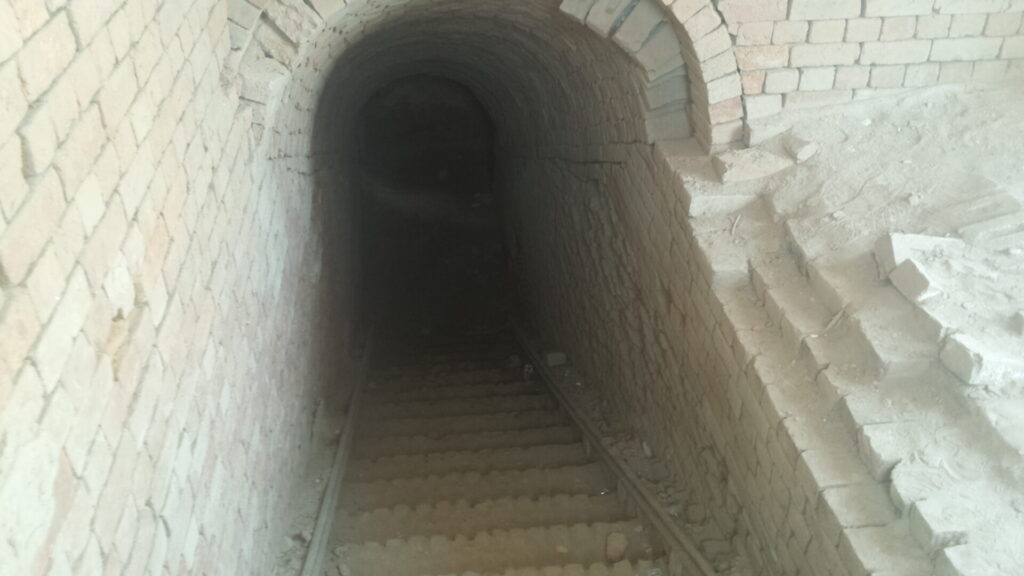
4. Noor Mehal
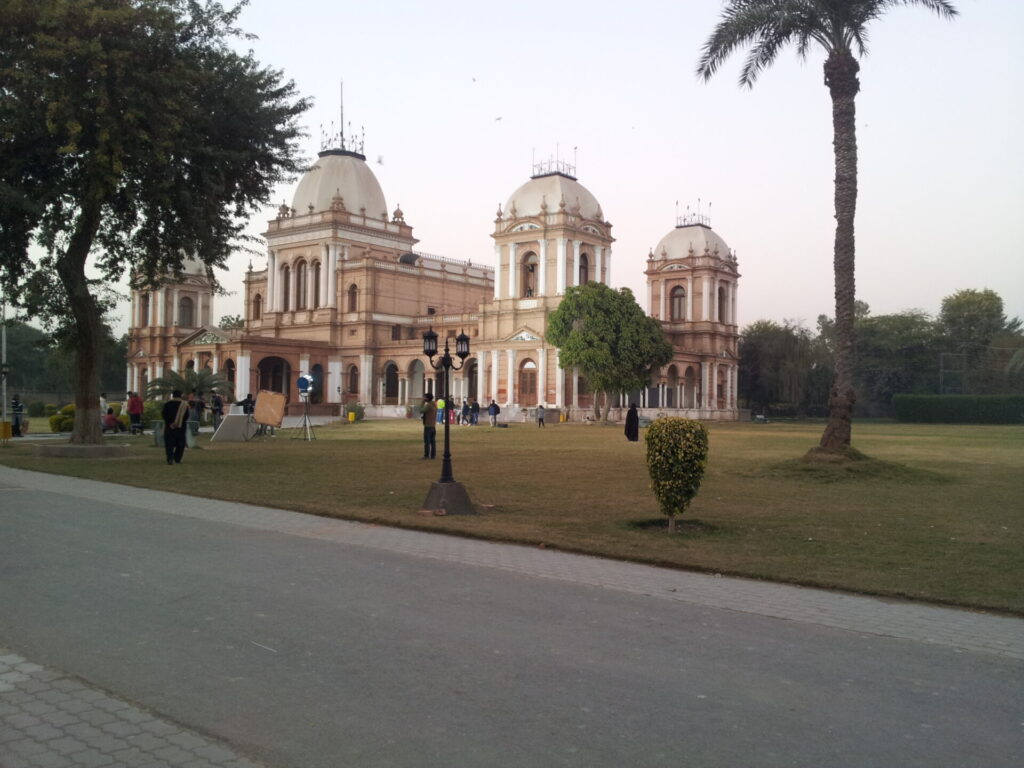
Location:
Bahawalpur, Punjab, Pakistan
Description:
Noor Mehal is a stunning palace built in the late 19th century by Nawab Sadiq Muhammad Khan IV. Inspired by Italian architecture, the palace features grand halls, intricate frescos, and elaborate chandeliers. Once used as a royal residence, it now serves as a museum, housing relics from the royal family of Bahawalpur. The palace’s architecture, with its blend of neoclassical and Islamic styles, is a sight to behold.
Amenities:
- Museum: The palace features a museum displaying royal artifacts, furniture, and weaponry.
- Guided Tours: Guided tours are available to explain the history and significance of each room.
- Gardens: The well-maintained gardens provide a serene environment for visitors to relax.
- Cafeteria: A small cafeteria is available offering snacks and drinks.
Tips:
- Evening Visit: Visit in the evening when the palace is beautifully illuminated, enhancing its grandeur.
- Cultural Events: Keep an eye out for cultural events and performances often held at the palace.
- Photography: Photography is allowed, so bring your camera to capture the stunning interiors and exteriors.
Best Time to Visit:
Winter (November to February) is the best time to visit due to the mild weather, making outdoor exploration more enjoyable.
Entry Price:
PKR 100 for locals; PKR 300 for foreign tourists.
5. Lahore Fort (Shahi Qila)
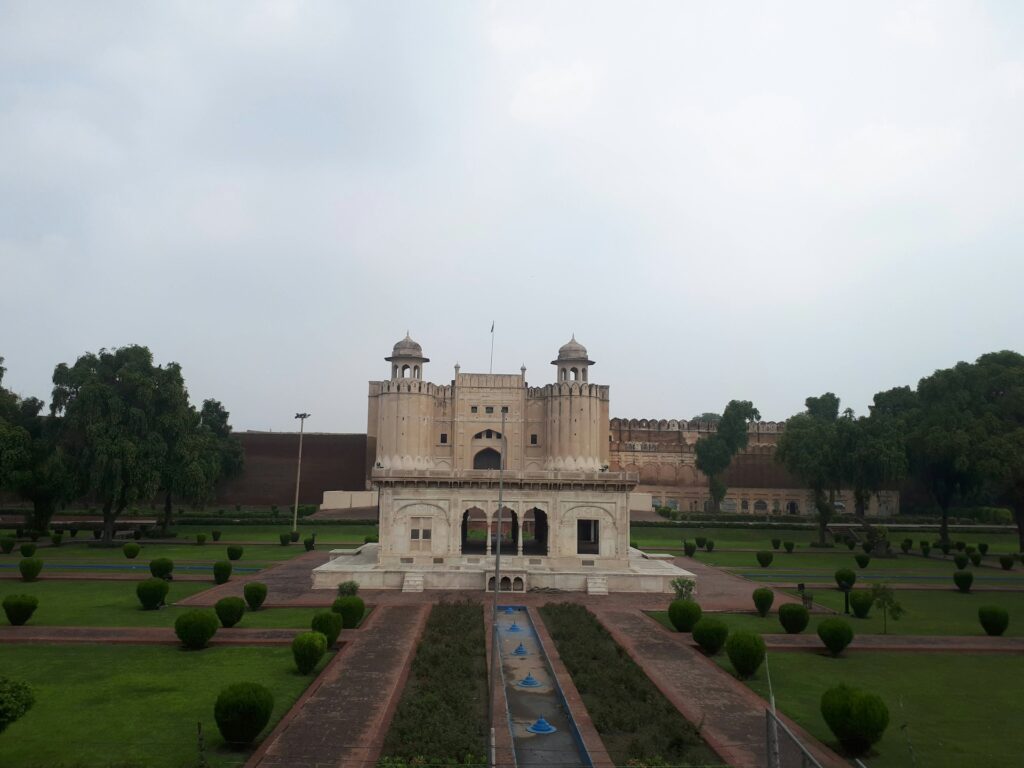
Location:
Lahore, Punjab, Pakistan
Description:
Lahore Fort, a UNESCO World Heritage Site, is one of the most prominent symbols of Mughal architecture in Pakistan. The fort, with its massive walls and grand structures like the Sheesh Mahal (Palace of Mirrors), Alamgiri Gate, and Diwan-e-Khas, reflects the opulence of the Mughal Empire. Built and renovated by several Mughal emperors, including Akbar and Shah Jahan, the fort is a blend of Persian, Islamic, and Indian architectural styles.
Amenities:
- Guided Tours: Expert guides provide detailed information about the fort’s history and architecture.
- Museum: The fort hosts a museum displaying relics from the Mughal era, including weapons, coins, and paintings.
- Shaded Areas: Resting areas with seating are available throughout the fort.
- Food Stalls: Small food stalls offer refreshments for visitors.
Tips:
- Weekday Visit: Visit on weekdays to avoid large crowds and school trips.
- Combined Tour: Combine your visit with a trip to the nearby Badshahi Mosque for a complete historical experience.
- Sheesh Mahal Entry: A separate ticket is required to enter Sheesh Mahal, but it is worth it for the intricate mirror work.
Best Time to Visit:
The best time to visit is from October to March when the weather is cooler, making exploration more comfortable.
Entry Price:
PKR 50 for locals; PKR 500 for foreign tourists.
6. Jehangir’s Tomb
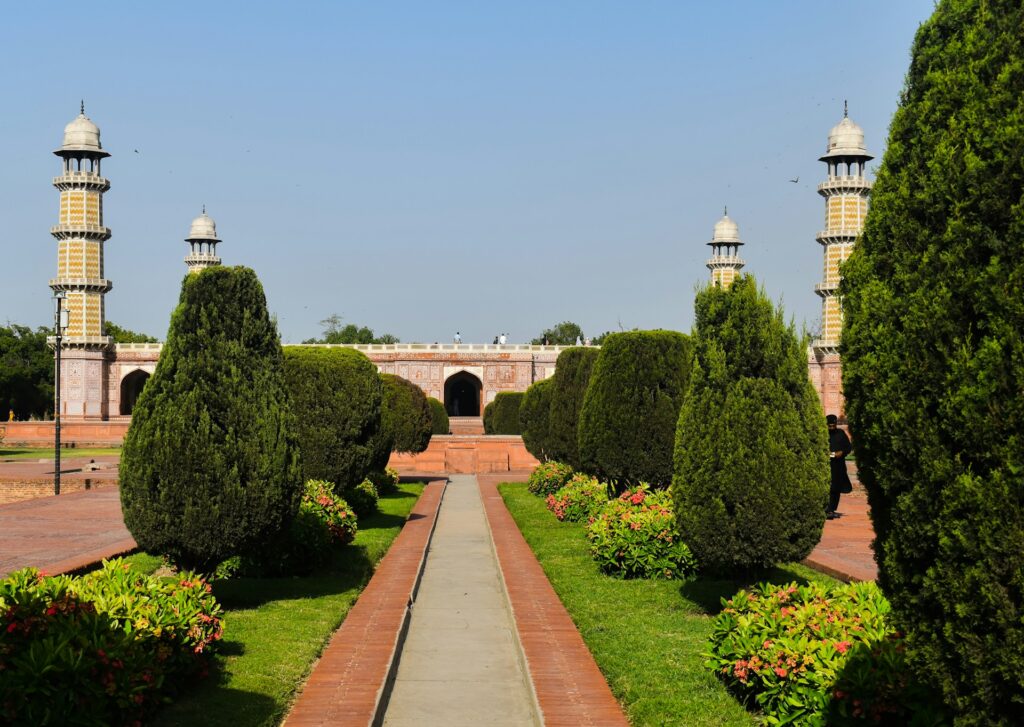
Location:
Shahdara Bagh, Lahore, Punjab, Pakistan
Description:
Jehangir’s Tomb is the final resting place of the Mughal Emperor Jehangir, situated across the River Ravi in Lahore. The tomb is a magnificent example of Mughal architecture, with its intricate frescoes, marble inlay, and beautifully landscaped gardens. Built by Jehangir’s son, Shah Jahan, the tomb is surrounded by four minarets and lies within a sprawling garden known as Dilkusha Garden.
Amenities:
- Guided Tours: Local guides are available to offer insights into the tomb’s history and architectural details.
- Gardens: The lush gardens provide a peaceful environment for visitors to relax and explore.
- Rest Areas: Shaded benches and resting spots are available throughout the gardens.
- Food Stalls: Refreshments are available near the entrance of the complex.
Tips:
- Morning Visit: Visit early in the morning for a tranquil experience and to avoid the afternoon heat.
- Cultural Understanding: Respect the sacred nature of the site, as it is the final resting place of an emperor.
- Photography: The ornate architecture and serene gardens provide excellent photo opportunities.
Best Time to Visit:
Spring (March to April) is the best time to visit when the gardens are in full bloom
, adding to the beauty of the site.
Entry Price:
PKR 30 for locals; PKR 500 for foreign tourists.
7. Hiran Minar
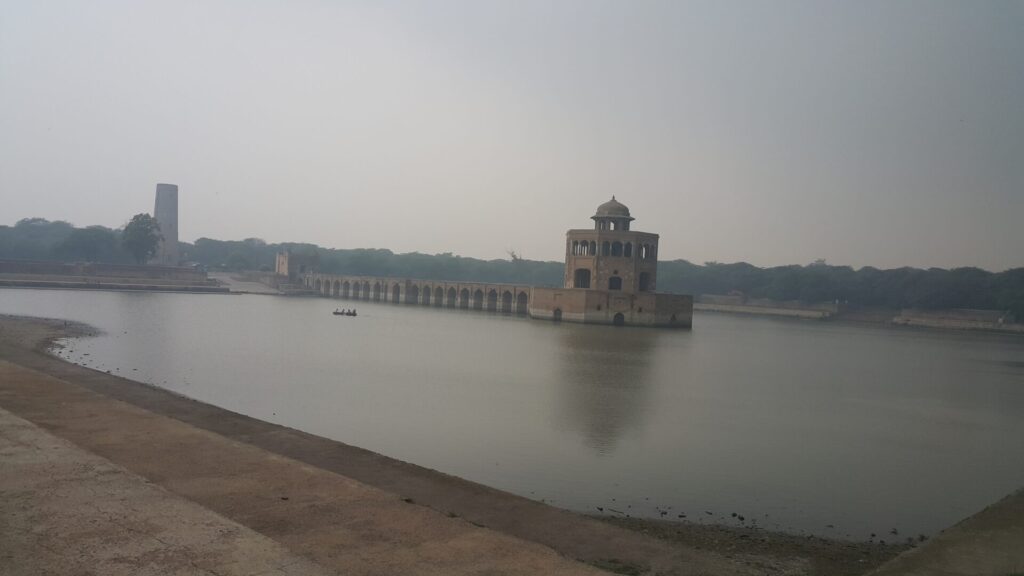
Location:
Sheikhupura, Punjab, Pakistan
Description:
Hiran Minar, built by Emperor Jahangir in memory of his beloved pet antelope, is a unique Mughal-era monument. The tower is surrounded by a large water tank with an octagonal pavilion in the center, accessible via a narrow bridge. The tranquil setting, combined with the historical significance of the structure, makes Hiran Minar a popular destination for both history enthusiasts and nature lovers.
Amenities:
- Boating: A boating facility is available in the water tank, offering a serene experience.
- Picnic Areas: Well-maintained lawns and picnic spots are available for families and groups.
- Parking: Ample parking space is provided near the entrance.
- Food Stalls: Local vendors sell snacks and drinks near the monument.
Tips:
- Photography: The reflection of the minar in the water offers a perfect photography opportunity.
- Picnic: Bring a picnic basket to enjoy a meal by the water, making the most of the peaceful surroundings.
- Weekend Crowds: The site is popular among locals, so visit during weekdays to avoid crowds.
Best Time to Visit:
Visit in the late afternoon during the cooler months (October to February) for a picturesque sunset and a more comfortable climate.
Entry Price:
PKR 20 for locals; PKR 300 for foreign tourists.
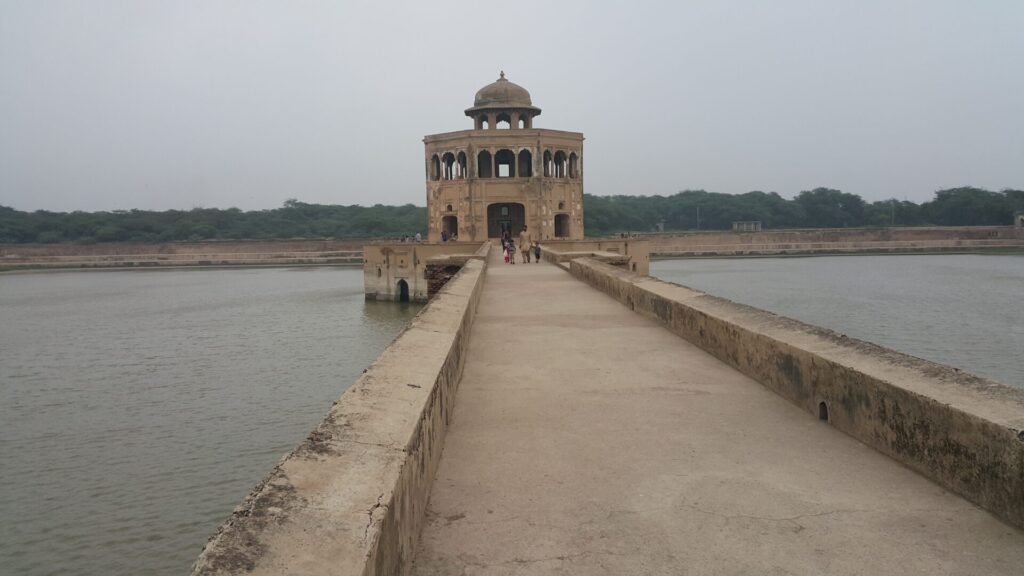
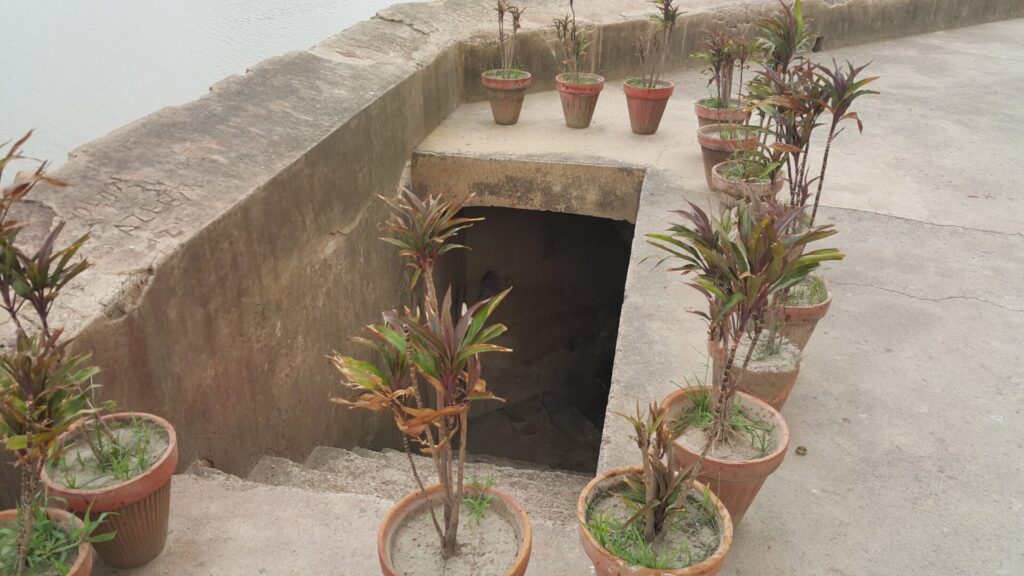
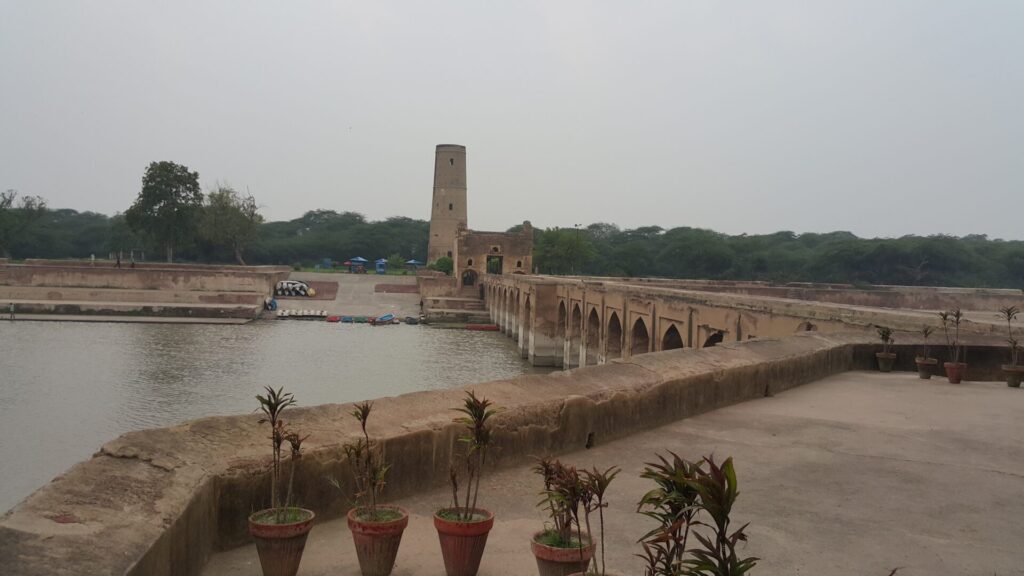
8. Harappa
Location:
Sahiwal, Punjab, Pakistan
Description:
Harappa is one of the most significant archaeological sites of the ancient Indus Valley Civilization, dating back to around 3300 BCE. The site offers a glimpse into one of the world’s earliest urban cultures, featuring remnants of well-planned streets, drainage systems, and a rich collection of artifacts like pottery, seals, and tools. Harappa is a must-visit for those interested in ancient history and archaeology.
Amenities:
- Museum: The on-site museum showcases artifacts, pottery, and tools excavated from the site.
- Guided Tours: Professional guides provide informative tours, explaining the history and significance of the ruins.
- Rest Areas: Shaded seating areas are available for visitors to relax.
- Parking: A parking area is located near the entrance.
Tips:
- Reading Material: Familiarize yourself with the Indus Valley Civilization before visiting to fully appreciate the significance of the site.
- Museum Visit: The museum is small but informative, offering context to the archaeological remains.
- Sun Protection: Carry a hat and sunscreen, as the site is mostly exposed with little shade.
Best Time to Visit:
The cooler months from November to February are ideal, as the area can get quite hot during summer.
Entry Price:
PKR 50 for locals; PKR 500 for foreign tourists.
9. Katas Raj Temples
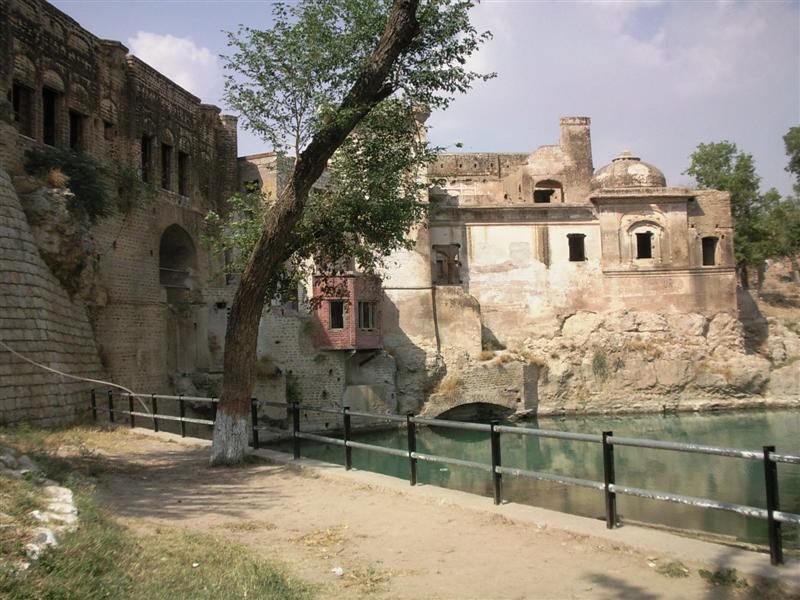
Location:
Chakwal District, Punjab, Pakistan
Description:
The Katas Raj Temples are a complex of Hindu temples dating back to the 6th century. It is also one of the best historical places in Punjab, Pakistan. Located around a sacred pond believed to be formed from the tears of Lord Shiva, the temples are an important pilgrimage site for Hindus. The complex features various temples dedicated to different deities, each showcasing the architectural styles of different eras. The serene atmosphere and historical significance make it a fascinating destination for both pilgrims and tourists.
Amenities:
- Guided Tours: Local guides offer detailed information about the religious and historical significance of the temples.
- Rest Areas: Shaded benches and sitting areas are available around the complex.
- Parking: A designated parking area is available for visitors.
- Food Stalls: Small shops near the entrance offer refreshments and snacks.
Tips:
- Respect the Site: As a sacred place of worship, dress modestly and behave respectfully.
- Pond Area: Be cautious around the pond, as it is considered holy by Hindu visitors.
- Off-Peak Hours: Visit during off-peak hours to avoid crowds, especially during religious festivals.
Best Time to Visit:
The ideal time to visit is during the spring and autumn months (March to April and September to November), when the weather is pleasant.
Entry Price:
PKR 50 for locals; PKR 200 for foreign tourists.
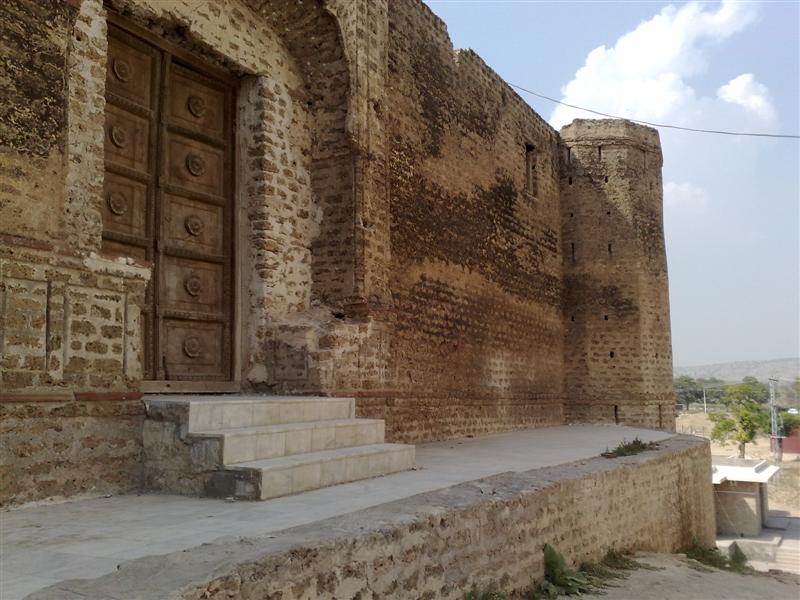
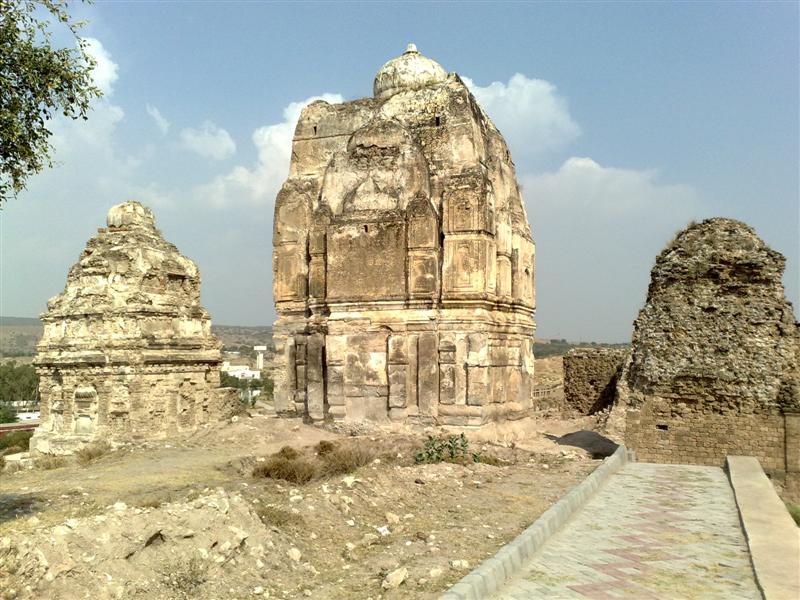
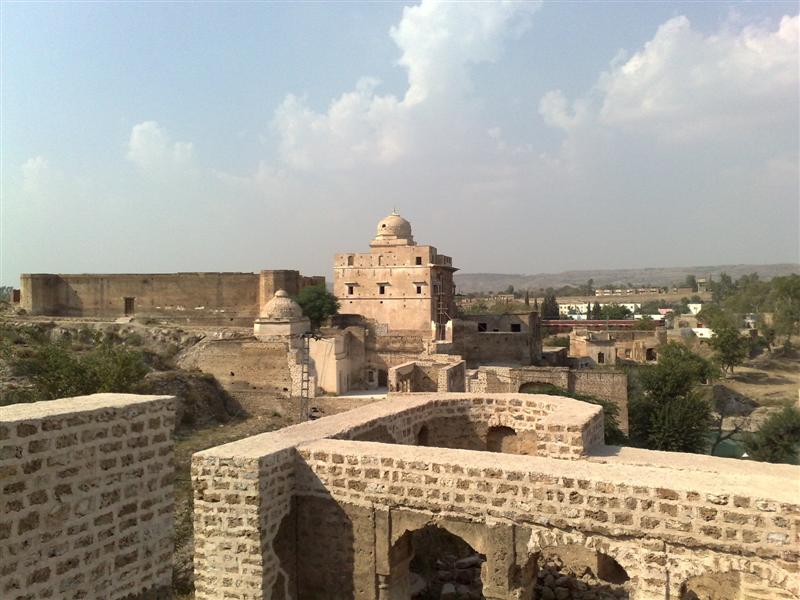
Conclusion:
Punjab, Pakistan, is a treasure trove of historical landmarks that offer deep insights into the region’s rich cultural heritage. From the ancient ruins of Harappa to the architectural grandeur of Lahore Fort and Noor Mehal, each site presents a unique blend of history, architecture, and tradition. Whether you’re interested in exploring Mughal-era forts, ancient civilizations, or spiritual temples, Punjab’s best historical places provide an unforgettable journey into the past.
